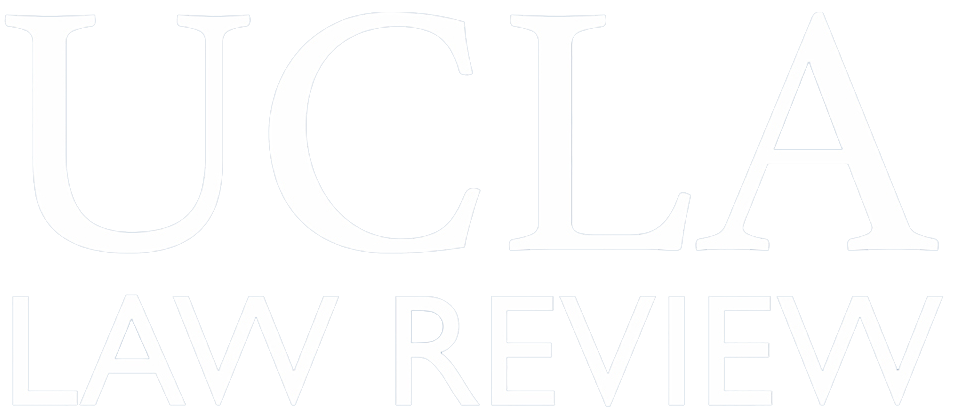A bedrock principle of patent law is that an applicant must sufficiently disclose the invention in exchange for the right to exclude. Essential to the disclosure requirement is enablement, which compels a patent applicant to enable a person having ordinary skill in the art (PHOSITA) to make and use the full scope of the claimed invention without undue experimentation. Enablement may be...
Implementing Greenhouse Gas Emissions Caps: A Case Study of the Los Angeles Department of Water and Power
Our almost forty-year experience with landmark federal environmental statutes, demonstrates unequivocally that implementing grand and noble environmental goals is an arduous and difficult experience. California is now embarking on a similar project: implementing the country’s most ambitious greenhouse gas emissions limitations, including rolling back the state’s emissions to 1990 levels by 2020...
Individual Carbon Emissions: The Low-Hanging Fruit
The individual and household sector generates roughly 30 to 40 percent of U.S. greenhouse gas emissions and is a potential source of prompt and large emissions reductions. Yet the assumption that only extensive government regulation will generate substantial reductions from the sector is a barrier to change, particularly in a political environment hostile to regulation. This Article demonstrates...
Measuring the Clean Development Mechanism's Performance and Potential
The Clean Development Mechanism (CDM) of the Kyoto Protocol is the first global attempt to address a global environmental public goods problem with a market-based mechanism. The CDM is a carbon credit market where sellers, located exclusively in developing countries, can generate and certify emissions reductions that can be sold to buyers located in developed countries. Since 2004 it has grown...
Climate Change Policy and Policy Change in China
Solving the climate change problem by limiting global greenhouse gas (GHG) emissions will necessitate action by the world’s two largest emitters, the United States and China. Neither has so far committed to quantitative emissions limits. Some argue that China cannot be engaged on the basis of its national interest in climate policy, on the ground that China’s national net benefits of limiting...
The Judicial Carbon Tax: Reconstructing Public Nuisance and Climate Change
This Article seeks to reconstruct the public nuisance climate change cases Connecticut v. AEP and California v. General Motors to show that, while hardly perfect, nuisance litigation could form a reasonable basis for climate change regulation, at least as much as some of the other imperfect alternatives so far proposed. This nuisance system has promise because, as outlined here, it essentially...
An Imperative Redefinition of "Community": Incorporating Reentry Lawyers to Increase the Efficacy of Community Economic Development Initiatives
Life without economic subordination is recognized around the world as a fundamental human right. When individuals are economically impoverished, they are more likely to not only offend, but also repeatedly offend, because poverty compounded with the imposed civil disabilities of a criminal conviction further socially isolate and minimize their life options. This factual inference is not only...
Educating Expelled Students After No Child Left Behind: Mending an Incentive Structure That Discourages Alternative Education and Reinstatement
Expelled students have intense educational needs, yet few states protect their rights to alternative education during the period of expulsion or reinstatement to mainstream education following the period of expulsion. Instead of strengthening those rights, the No Child Left Behind Act (NCLB) creates an incentive structure that encourages the exclusion of expelled students from all access to...
